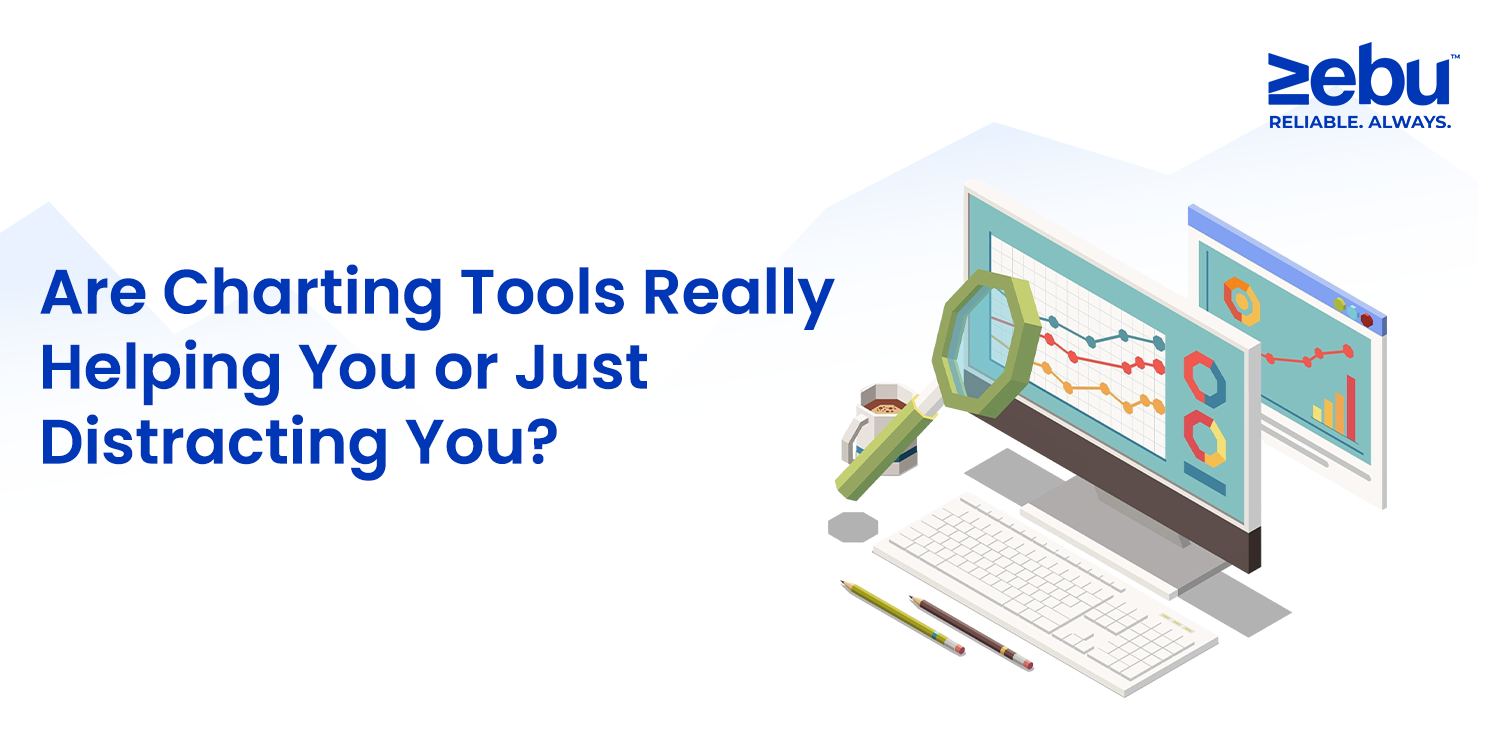
Large Cap vs Mid Cap vs Small Cap: Key Differences That Actually Matter
The Art of Letting Go: When to Exit a Trade Without Regret
Every trader enters with a reason. A setup. A signal. A hunch. Sometimes it’s technical—maybe a breakout or a moving average crossover. Sometimes it’s just a feeling backed by some buzz. Either way, the act of entering a trade is intentional.
Exiting, though? That’s where things get messy.
If you’ve ever held onto a losing trade longer than you should have—hoping, rationalizing, bargaining—you’re not alone. Letting go of a trade isn’t just a technical decision. It’s deeply personal. It’s emotional. It’s human.
But if you want to grow as a trader, learning when and how to exit—without clinging, without regret—is one of the most powerful skills you can build.
Why Exiting Is Harder Than Entering
There are plenty of strategies to get into a trade. Some people scan for technical setups. Others follow news or earnings reports. But once the trade is live, the mind takes over.
- “Maybe it’ll bounce.”
- “It’s just a minor pullback.”
- “I’ll add more and average down.”
- “Let me hold until tomorrow and then decide.”
We turn short-term positions into long-term hopes. Not because the market changed—but because we did.
That shift, from strategy to emotion, is where most exits go wrong.
The Real Question Isn’t “When to Exit”—It’s “Why Are You Still In?”
There are only a few valid reasons to stay in a trade:
- Your thesis is still intact.
- The chart still supports your entry logic.
- Your stop-loss hasn’t been hit.
- You have a clear exit plan and it hasn’t triggered.
Everything else? It’s noise. It’s ego. It’s fear of loss or missing out.
And if you’ve forgotten why you’re still in, that’s your cue. You’re not in control anymore.
Using Tools to Take Emotion Out of the Exit
Good platforms—including brokers like Zebu—offer tools not just for placing trades, but for managing them. Features like:
- Stop-loss orders
- Trailing stops
- Target-based exits
- Real-time alerts
The idea isn’t to automate everything. It’s to externalize your discipline. To make decisions when you’re calm, and let those decisions execute when the market moves.
Because it’s easier to think clearly when you’re not under pressure. Setting a stop-loss when you enter is simple. Making that same decision while staring at a red candle? Not so much.
The Difference Between Being Wrong and Staying Wrong
This might be the most important thing.
Being wrong is part of trading. Even the best traders lose money on a regular basis. But they don’t stay wrong. They don’t let one mistake compound into many.
If your trade has violated your setup, or moved well beyond your risk limit, the mature thing isn’t to defend it. It’s to exit it.
You’ll have other trades. But only if your capital—and your confidence—survives this one.
Common Exit Mistakes and How to Spot Them
Let’s name a few behaviors that ruin exits:
- Revenge Holding
You’re in the red, and you’re mad. Instead of exiting and re-evaluating, you decide to “wait it out” out of spite. You stop looking at charts and start looking for hope.
- Overconfidence After a Win
You made a profit on your last trade, so you get sloppy. You don’t set a stop this time. You think you’re on a streak. That arrogance gets expensive fast.
- Confirmation Seeking
The trade is going bad, so you seek out opinions that support your hope. Forums, influencers, news. Anything that tells you it’s “just a correction.”
- Loss Aversion
You’d rather see a bigger loss later than book a small one now. Because booking a loss feels like admitting failure. But not booking it… doesn’t undo the loss.
If you spot these behaviors early, you can self-correct. And if not, it’s a lesson for next time.
Exiting a Winner Is Also Hard (Yes, Really)
Losses hurt. But profits bring their own anxiety.
- “What if it runs even higher?”
- “I’ll just hold a bit longer…”
- “I don’t want to exit too early and miss out.”
We exit losers too late, and winners too early. Or we exit too soon, then watch it soar, and feel foolish.
The key? Have a plan for both outcomes. Know your target as clearly as your stop.
Maybe it’s a chart level. Maybe it’s a % gain. Maybe it’s a time-based exit. Doesn’t matter—so long as it’s yours.
Trailing Stops: A Simple Trick That Helps
One of the best tools for exits—especially in winning trades—is the trailing stop-loss.
It moves your stop level up as the price rises, locking in gains without forcing you to sell too early.
Example:
You buy at ₹100. You set a trailing stop at ₹5. If the stock hits ₹110, your stop rises to ₹105. If it drops, you exit at ₹105 with a ₹5 profit.
You ride the trend, protect the gains, and remove the “should I exit now?” anxiety.
It’s not perfect. But it’s better than panic.
The Broker Matters More Than You Think
Fast execution, reliable platforms, access to mobile trading tools, and flexible order types matter when you’re trying to exit cleanly.
If your platform freezes or lags during volatile moments—or doesn’t offer limit orders or easy access to stop-loss settings—you’ll hesitate. And hesitation costs money.
This is why serious traders don’t just pick brokers on low fees. They look at stability, support, and risk control features.
Zebu’s platform, for example, offers not only speed and clarity, but also allows users to build a structured routine around risk management—something many discount brokers fail to prioritize.
What About Regret? Can You Avoid It?
Here’s the honest truth: You probably can’t.
You’ll exit a trade and watch it soar the next day. Or you’ll hold a bit longer and see it reverse sharply.
The market doesn’t operate to validate your timing.
So the goal isn’t to avoid regret. It’s to build confidence in your process, so regret doesn’t derail your next decision.
Exit with clarity, not perfection.
Final Thought: Letting Go Is a Sign of Strength, Not Weakness
Exiting a trade isn’t giving up. It’s staying in the game. It’s protecting your capital. It’s admitting that your time and energy are more valuable than forcing a setup to work.
Good traders cut losses early, let profits run (but not forever), and exit because the plan says so—not because their emotions scream louder.
That kind of discipline isn’t built overnight. But with each thoughtful exit, it becomes more natural.
So the next time a trade turns sour—or sweet—ask yourself, am I staying in because it makes sense? Or just because I’m afraid to let go?
That question alone can save you a fortune.
Disclaimer
This blog is meant to provide general information and reflect broad market observations. It doesn’t take into account your specific financial situation or investment needs. Zebu shares this for educational purposes only and doesn’t promise returns or make personal recommendations. Before you act on anything here, it’s always a good idea to talk to a qualified financial advisor.








